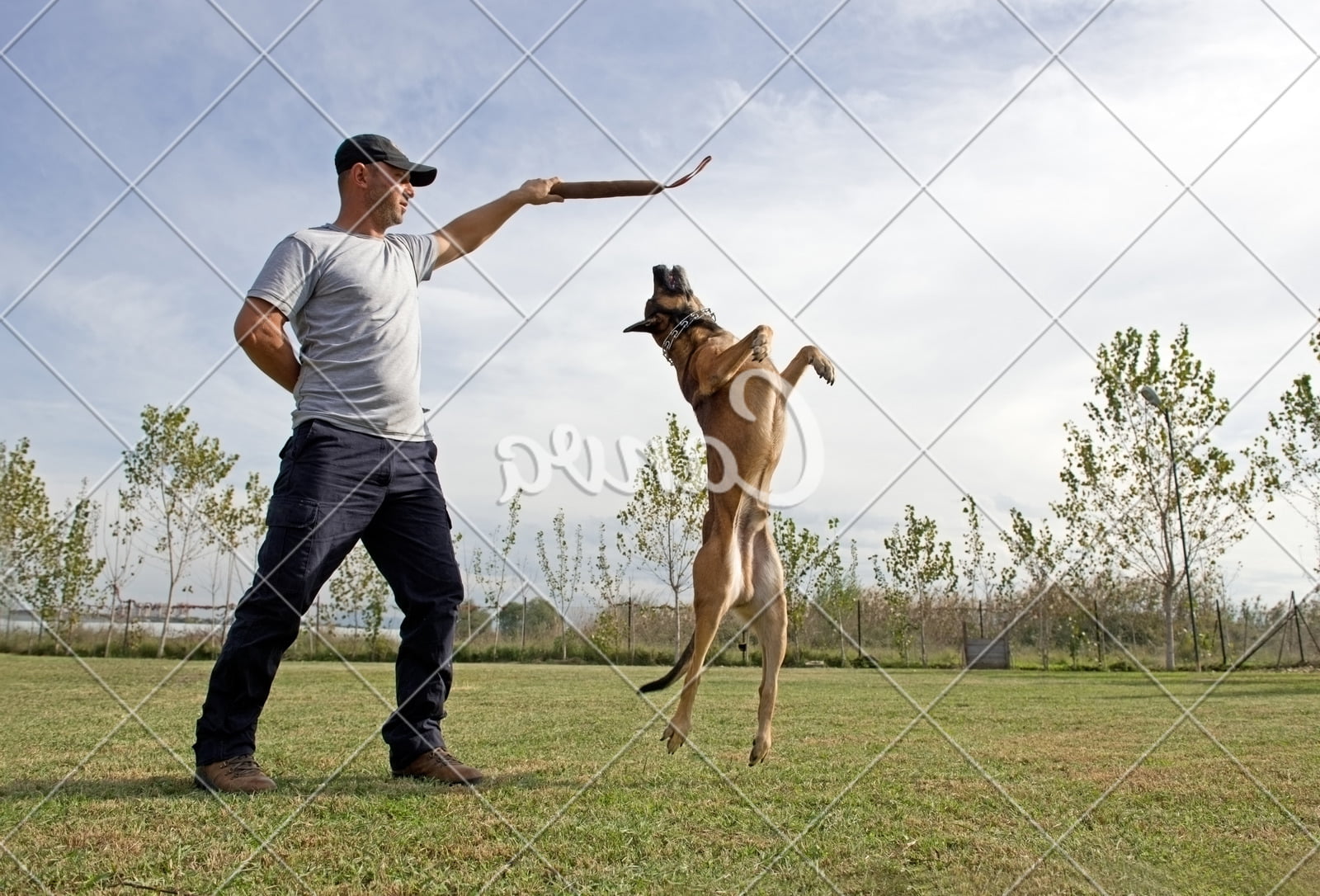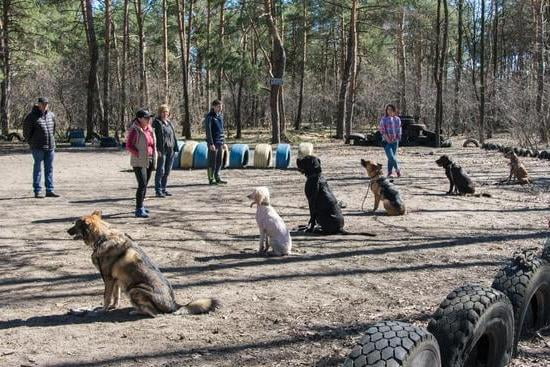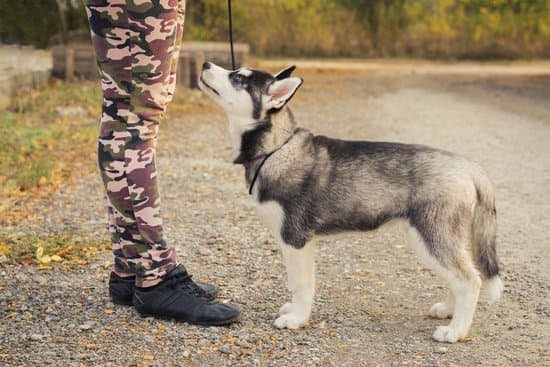Finding a trained dog peeing in their crate can be a frustrating and confusing experience for pet owners. It may seem counterintuitive when a dog that has already been trained to do their business outside suddenly regresses to using their crate as a bathroom. This behavior can be concerning and leave pet owners wondering what could have gone wrong in their training process.
Crate training is an essential tool for dog owners, as it provides a safe space for dogs and helps with housebreaking. When trained dog pees in crate, it not only creates a mess but also indicates that there may be underlying issues at play. Understanding the importance of proper crate training and addressing any issues promptly is key to resolving this behavior.
There are several common reasons why trained dogs may pee in their crates, ranging from medical issues like urinary tract infections to anxiety or simply not being properly trained to hold it while inside the crate. Recognizing the signs of this behavior, ruling out medical concerns with the help of a veterinarian, and revisiting crate training basics are crucial steps in addressing this issue effectively.
By understanding the root cause of this behavior and implementing positive reinforcement techniques, pet owners can help their trained dogs overcome this challenge and maintain good potty habits.
Importance of Crate Training
Crate training is an essential aspect of owning a dog, as it provides numerous benefits for both the pet and the owner. Here are some reasons why crate training is crucial for dogs:
- Security and comfort: Dogs are den animals by nature, and a crate can provide them with a safe and secure space to retreat to when they feel overwhelmed or anxious.
- Housebreaking aid: Crate training can help in housebreaking your dog by teaching them bladder control and establishing a routine for potty breaks.
- Prevention of destructive behavior: Crating your dog when you’re not around can prevent them from chewing on furniture, shoes, or other items that could harm them.
By properly crate training your dog, you can also prevent accidents such as finding your trained dog peeing in their crate. Sometimes even well-trained dogs may exhibit this behavior due to various reasons. It’s important not to punish your dog for this but rather understand the underlying causes.
- Lack of proper crate training: If your dog hasn’t been introduced to the crate properly or if they have had negative experiences associated with it, they may feel anxious or stressed inside the crate.
- Anxiety or stress: Dogs experiencing separation anxiety, fear of loud noises, or changes in their environment may resort to urinating in their crates as a coping mechanism.
- Medical issues: Underlying medical problems such as urinary tract infections or bladder issues could also lead to dogs peeing in their crates despite being trained.
In order to address these issues and prevent your trained dog from peeing in their crate, it’s crucial to revisit the basics of crate training, consult with your veterinarian to rule out any medical concerns, manage their anxiety effectively, and use positive reinforcement techniques to encourage desired behaviors. By understanding the importance of crate training and addressing any underlying issues promptly, you can create a safe and comfortable environment for your beloved pet.
Common Reasons Why Trained Dogs Pee in Crate
Medical Issues
One common reason why a trained dog may start peeing in their crate is due to underlying medical issues. It’s essential to ensure that there are no health concerns causing this behavior.
Medical conditions such as urinary tract infections, bladder stones, or even diabetes can lead to increased urination and accidents in the crate. If you notice your dog consistently peeing in the crate despite being trained, it’s crucial to consult with your veterinarian to rule out any potential medical issues.
Anxiety
Anxiety can also play a significant role in causing trained dogs to pee in their crates. Dogs may feel stressed, anxious, or fearful when left alone in their crate for extended periods.
Separation anxiety, loud noises, changes in routine, or even previous negative experiences in the crate can trigger anxiety-related behaviors like peeing. To address this issue, it’s important to create a safe and comfortable environment for your dog, provide mental stimulation, and gradually increase the time they spend in the crate to reduce anxiety levels.
Lack of Proper Crate Training
Sometimes, trained dogs may pee in their crates due to a lack of proper initial crate training or inconsistent reinforcement of good behaviors. If a dog hasn’t been adequately trained to associate the crate with a positive space or hasn’t been taught bladder control techniques, accidents may occur.
It’s essential to go back to basics with crate training, gradually acclimating your dog to the crate again and reinforcing positive behaviors with rewards and praise. Consistency and patience are key in retraining your dog and preventing further accidents in the crate.
Recognizing the Signs
One of the most frustrating experiences for pet owners is discovering that their trained dog has been peeing in their crate. It can be confusing and disheartening, especially when you have put time and effort into training your furry friend. However, it’s essential to understand that there may be underlying reasons why this behavior is occurring and that with patience and proper guidance, it can be addressed effectively.
Signs to Look Out For
It’s crucial to differentiate between a trained dog intentionally peeing in their crate and having an occasional accident. Signs that your dog may be deliberate in their actions include consistently peeing in the crate even after being let out, showing no signs of distress or discomfort before or after urinating, or exhibiting anxious behaviors when inside the crate. Keeping an eye out for these signals can help you determine if there’s a behavioral issue at play.
Observing Patterns and Behaviors
To identify if your trained dog is intentionally peeing in the crate, it’s essential to observe their patterns and behaviors closely. Keep track of when the accidents occur, how frequently they happen, and any triggers that might lead to them peeing in their crate. Additionally, pay attention to any changes in their overall demeanor or routine that could be influencing this behavior. By being vigilant and observant, you can gather valuable information to address the issue effectively.
Seeking Professional Guidance
If you’re struggling to determine whether your trained dog is intentionally peeing in their crate or if there’s an underlying cause behind the behavior, don’t hesitate to seek professional guidance. A veterinarian or a certified dog trainer can help assess the situation, rule out any medical issues contributing to the behavior, and provide tailored advice on how to address it.
Remember that every dog is unique, and what works for one may not work for another – seeking expert assistance can make a significant difference in addressing this challenging issue.
Addressing Medical Concerns
When trained dog pees in crate, it can be a signal of an underlying medical issue that needs to be addressed promptly. Before jumping to conclusions about behavioral problems or inadequate training, it is crucial to rule out any medical concerns with the help of your veterinarian.
Dogs may urinate in their crate due to health issues such as urinary tract infections, kidney problems, diabetes, or even gastrointestinal troubles. By seeking professional guidance, you can ensure that your furry friend receives the appropriate treatment and care.
To address potential medical concerns when a trained dog pees in the crate, it is essential to observe any additional symptoms or changes in behavior that could indicate an underlying issue. Keep an eye on your dog’s water intake, urination frequency, and overall well-being. If you notice any unusual patterns or if the problem persists despite your efforts to correct it through training or management strategies, scheduling a veterinary visit is highly recommended.
Here are some steps to take when addressing medical concerns related to a trained dog peeing in their crate:
- Schedule an appointment with your veterinarian for a thorough examination and proper diagnosis.
- Provide detailed information about your dog’s health history, diet, exercise routine, and any recent changes in behavior.
- Follow your vet’s recommendations for diagnostic tests such as urine analysis, blood work, or imaging studies to pinpoint the root cause of the issue.
By prioritizing your dog’s health and well-being, you can work towards finding a solution to the problem of them peeing in their crate while ensuring they receive the necessary medical attention they may require. Remember that ruling out medical issues is an essential step in addressing behavioral concerns effectively.
Revisiting Crate Training
When trained dog pees in crate, it can be frustrating and confusing for pet owners who have put in the time and effort to properly train their canine companion. One important aspect of addressing this issue is to revisit crate training basics with your dog. Reintroducing your dog to their crate in a positive and reinforcing manner can help correct the behavior and prevent future accidents.
To start, make sure that the crate is a comfortable and inviting space for your dog. Place familiar bedding, toys, and treats inside to create a positive association with the crate. Encourage your dog to voluntarily enter the crate by using treats or toys as a reward, rather than forcing them inside.
Consistency is key when revisiting crate training. Create a routine for your dog that includes regular potty breaks outside before being crated. Use verbal cues such as “crate time” or “go to bed” to signal when it’s time for your dog to enter their crate. Reward good behavior with praise and treats, reinforcing the idea that going into the crate is a positive experience.
In addition to revisiting basic crate training principles, it’s important to reinforce positive behaviors outside of the crate as well. Rewarding good behavior throughout the day with treats, praise, or playtime can help build a strong bond with your dog and promote overall obedience. By consistently setting expectations and rewarding desired behaviors, you can help prevent accidents like when trained dogs pee in their crates.
Managing Anxiety
When a trained dog pees in their crate, it can be not only frustrating but also confusing for pet owners. One of the possible reasons why this behavior may occur is due to anxiety in dogs.
Just like humans, dogs can experience stress and anxiety, which can manifest in various behaviors such as excessive barking, destructive chewing, or even urinating in their crate. It is important for pet owners to understand the signs of anxiety in their dogs and learn how to manage it effectively.
To reduce anxiety in dogs that may be causing them to pee in their crate, pet owners can try several techniques. One effective method is to create a safe and comfortable environment for your dog by providing a cozy bedding, favorite toys, and treats inside the crate.
This can help create a positive association with the crate and reduce any feelings of fear or unease. Additionally, establishing a consistent daily routine with regular feeding times, exercise, and potty breaks can help alleviate anxiety in dogs.
Another tip to reduce anxiety in dogs is to engage them in mental and physical stimulation activities. This could include interactive play sessions, puzzle toys, obedience training exercises, or even short walks around the neighborhood.
These activities not only provide mental enrichment for your dog but also help release excess energy and reduce stress levels. Consistency is key when implementing these techniques, so be patient and persistent in helping your dog overcome any feelings of anxiety that may be contributing to their peeing behavior in the crate.
Using Positive Reinforcement
When trained dog pees in crate, it can be frustrating for pet owners who have put in the effort to train their dogs properly. One effective way to address this issue is through positive reinforcement. Positive reinforcement involves rewarding your dog for exhibiting the desired behavior, such as going potty outside the crate instead of inside it. By using positive reinforcement techniques, you can encourage your dog to repeat these desirable behaviors while discouraging unwanted ones.
One of the key advantages of positive reinforcement is that it helps create a strong bond between you and your dog based on trust and mutual respect. When you reward your dog for good behavior, such as waiting to go potty until they are outside the crate, they will associate that behavior with a positive outcome.
This encourages them to continue following the desired behavior in order to receive more rewards and praise from you. In contrast, using punishment or negative reinforcement can lead to fear and anxiety in dogs, which can exacerbate behavioral issues such as peeing in the crate.
To effectively use positive reinforcement when dealing with a trained dog peeing in their crate, make sure to use high-value treats or rewards that your dog finds particularly enticing. Timing is also important – be sure to reward your dog immediately after they exhibit the desired behavior so they can make a clear connection between their actions and the reward.
Consistency is key when using positive reinforcement techniques, so make sure to praise and reward your dog every time they successfully refrain from peeing in the crate. This will help reinforce good habits and eventually eliminate the unwanted behavior altogether.
| Positive Reinforcement Benefits | Effective Strategies |
|---|---|
| Strengthens bond between owner and dog | Use high-value treats or rewards |
| Encourages repeat of desirable behaviors | Reward immediately after desired behavior |
| Discourages unwanted behaviors | Maintain consistency in rewarding good behavior |
Seeking Professional Help
When trained dog pees in crate, it can be incredibly frustrating for pet owners who have put in the time and effort to properly train their furry companions. The sight of a mess in the crate can leave owners feeling confused and disheartened, especially when they thought their dog was fully housebroken. Despite their best efforts, accidents can still happen, and it’s important to address the issue promptly and effectively.
While crate training is essential for dogs and can help prevent accidents when done correctly, sometimes even well-trained dogs may pee in their crate due to various reasons. It’s crucial to understand the common reasons behind this behavior, such as medical issues, anxiety, or a lack of proper crate training. By recognizing the signs early on and taking appropriate steps, pet owners can work towards resolving this problem with their furry companions.
If the issue of a trained dog peeing in the crate persists despite efforts to address it through revisiting crate training basics, managing anxiety, or using positive reinforcement techniques, it may be time to seek professional help. A professional dog trainer or behaviorist can provide valuable insight into why your dog may be exhibiting this behavior and offer personalized solutions to address it effectively.
With their expertise and guidance, pet owners can work towards creating a happy and stress-free environment for both themselves and their beloved canine companions.
Frequently Asked Questions
Why Is My Potty Trained Dog Peeing in His Crate?
There could be several reasons why your potty trained dog is peeing in his crate. It could be due to a medical issue, anxiety or stress, a dirty crate, or even lack of proper training. It’s important to rule out any medical issues first.
How Do You Stop a Dog From Peeing in a Crate?
To stop a dog from peeing in a crate, it’s important to ensure that the crate is not too big for the dog. Make sure it’s just big enough for them to stand up, turn around, and lie down comfortably.
Establishing a routine for potty breaks and not leaving the dog in the crate for too long can also help prevent accidents.
Why Does My Puppy Pee in the Crate After Peeing Outside?
If your puppy is peeing in the crate after already going outside, it could be due to several factors. One common reason is that they haven’t fully grasped the concept of potty training yet and need more consistent training.
Another reason could be that they are marking their territory or feeling anxious about being left alone in the crate. It’s important to address these issues with patience and positive reinforcement.

Welcome to the blog! I am a professional dog trainer and have been working with dogs for many years. In this blog, I will be discussing various topics related to dog training, including tips, tricks, and advice. I hope you find this information helpful and informative. Thanks for reading!





